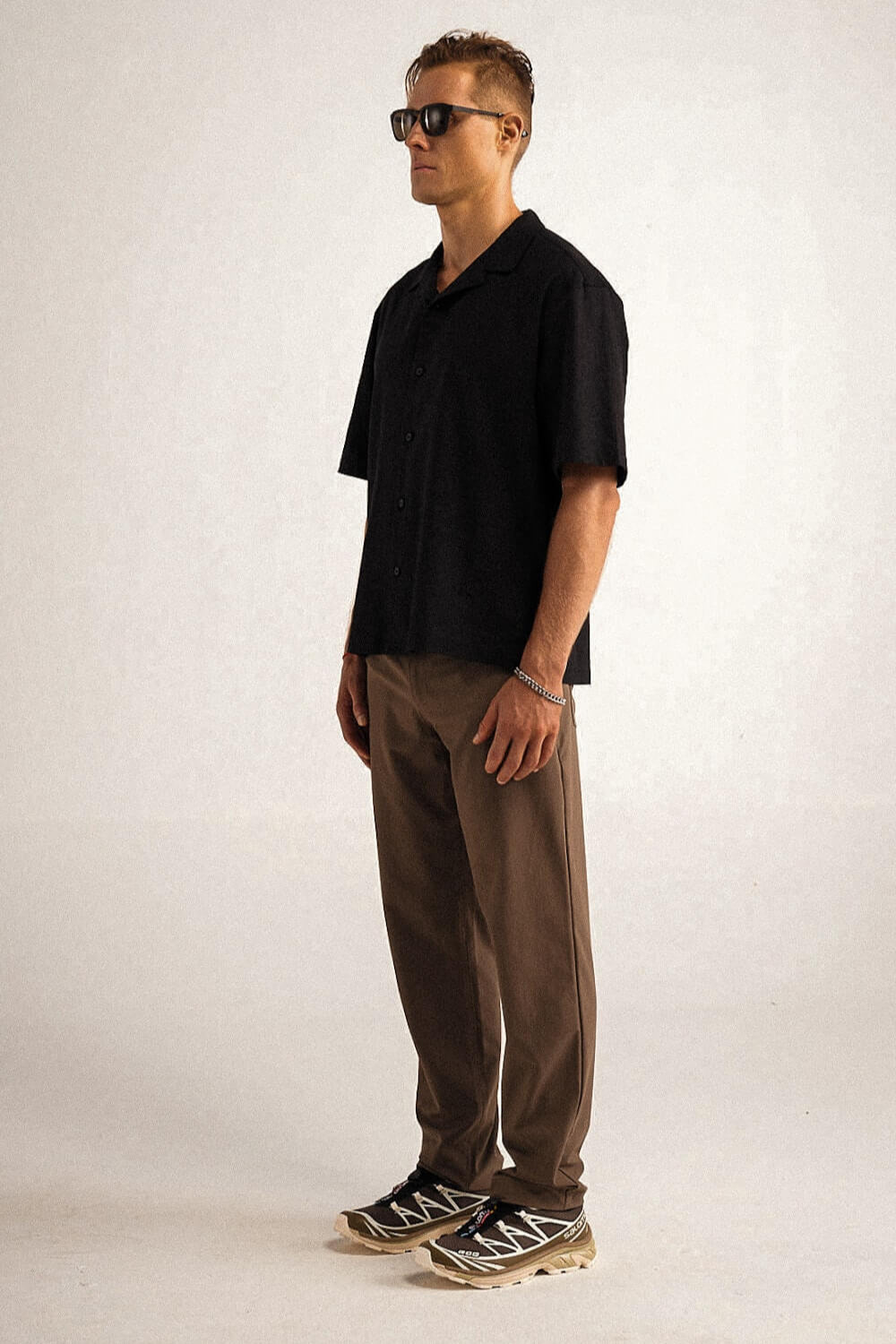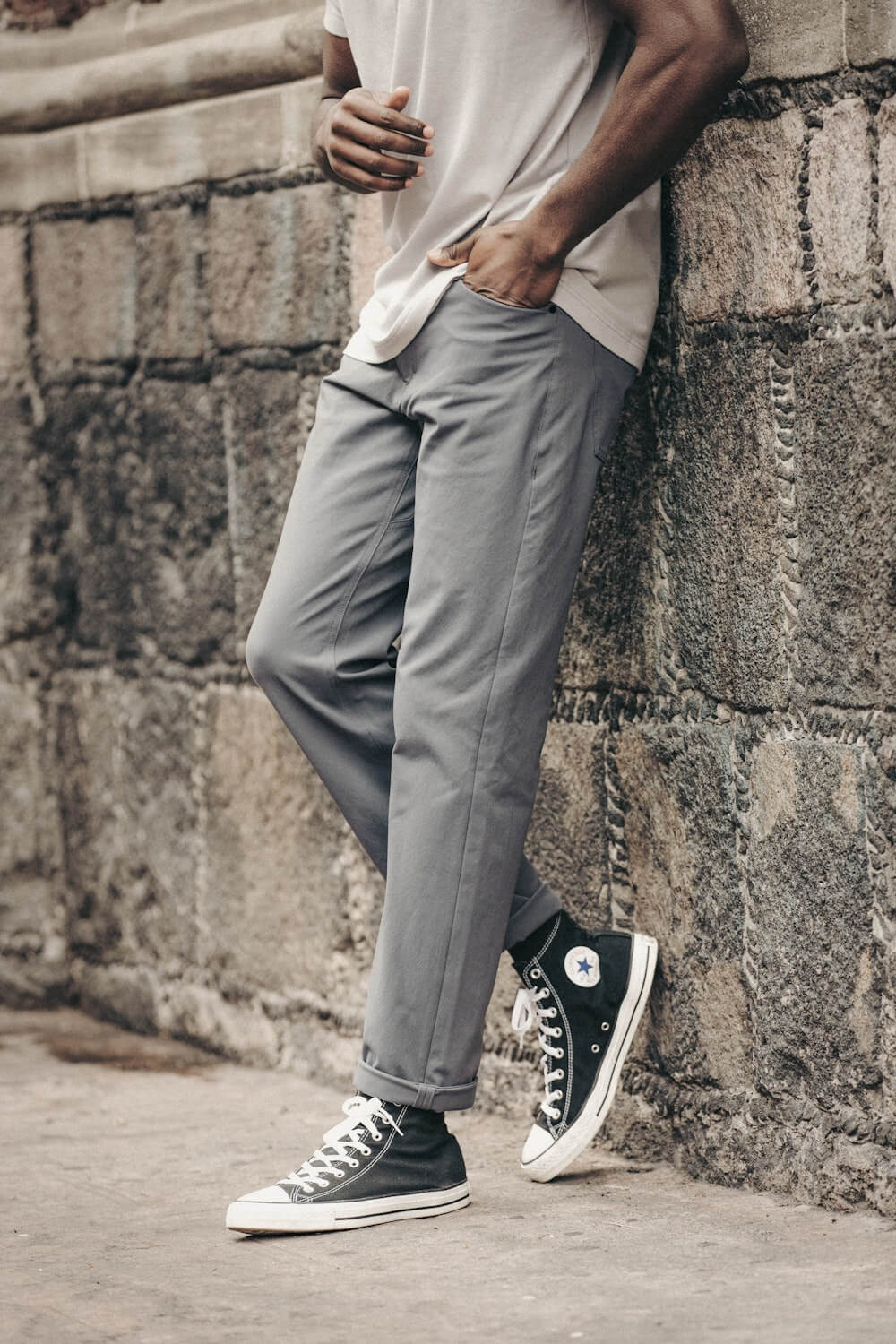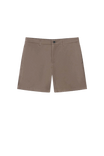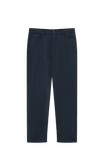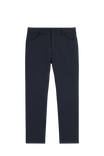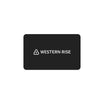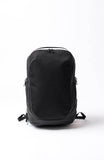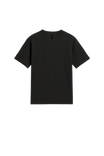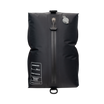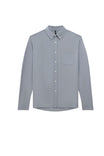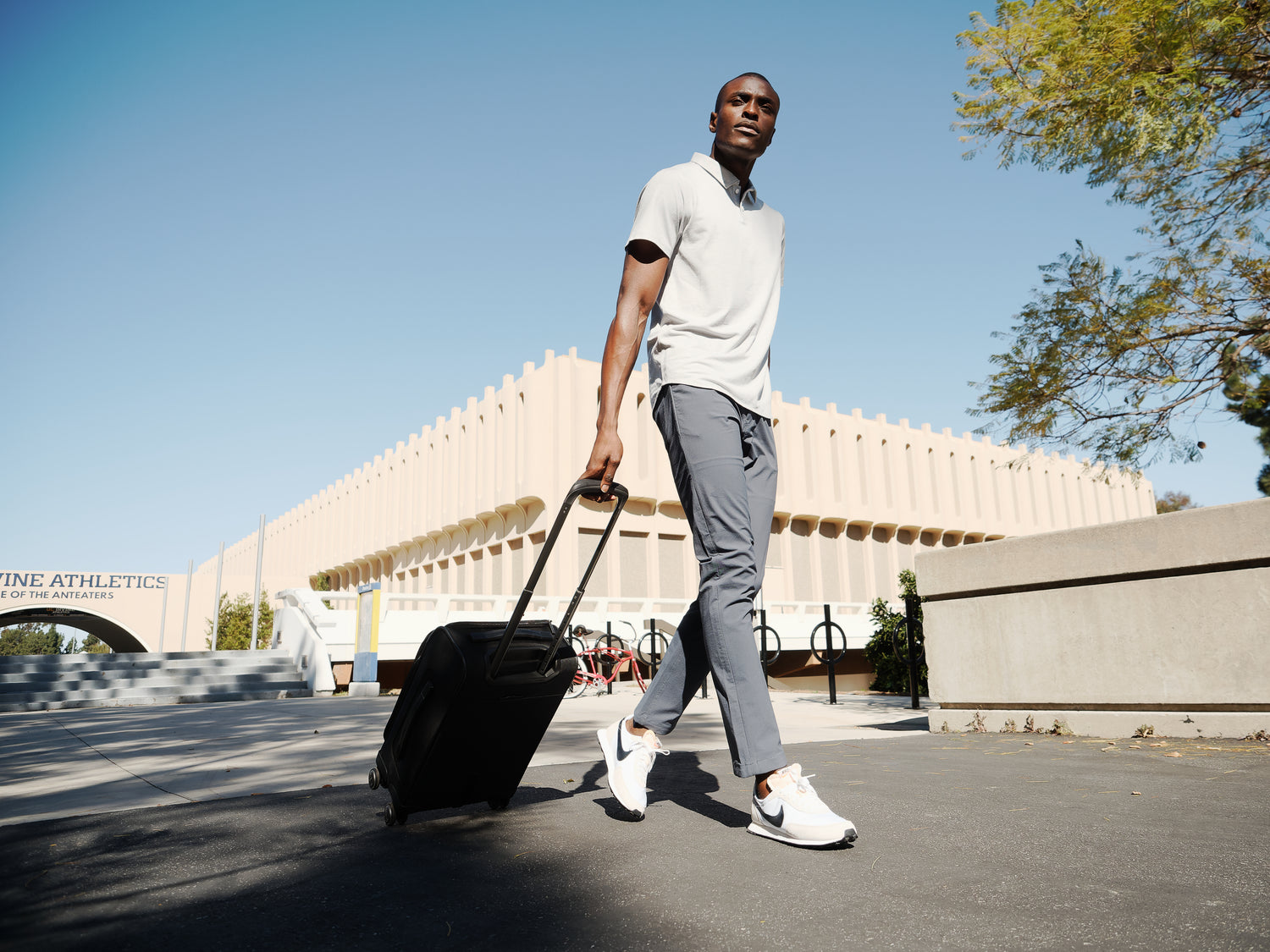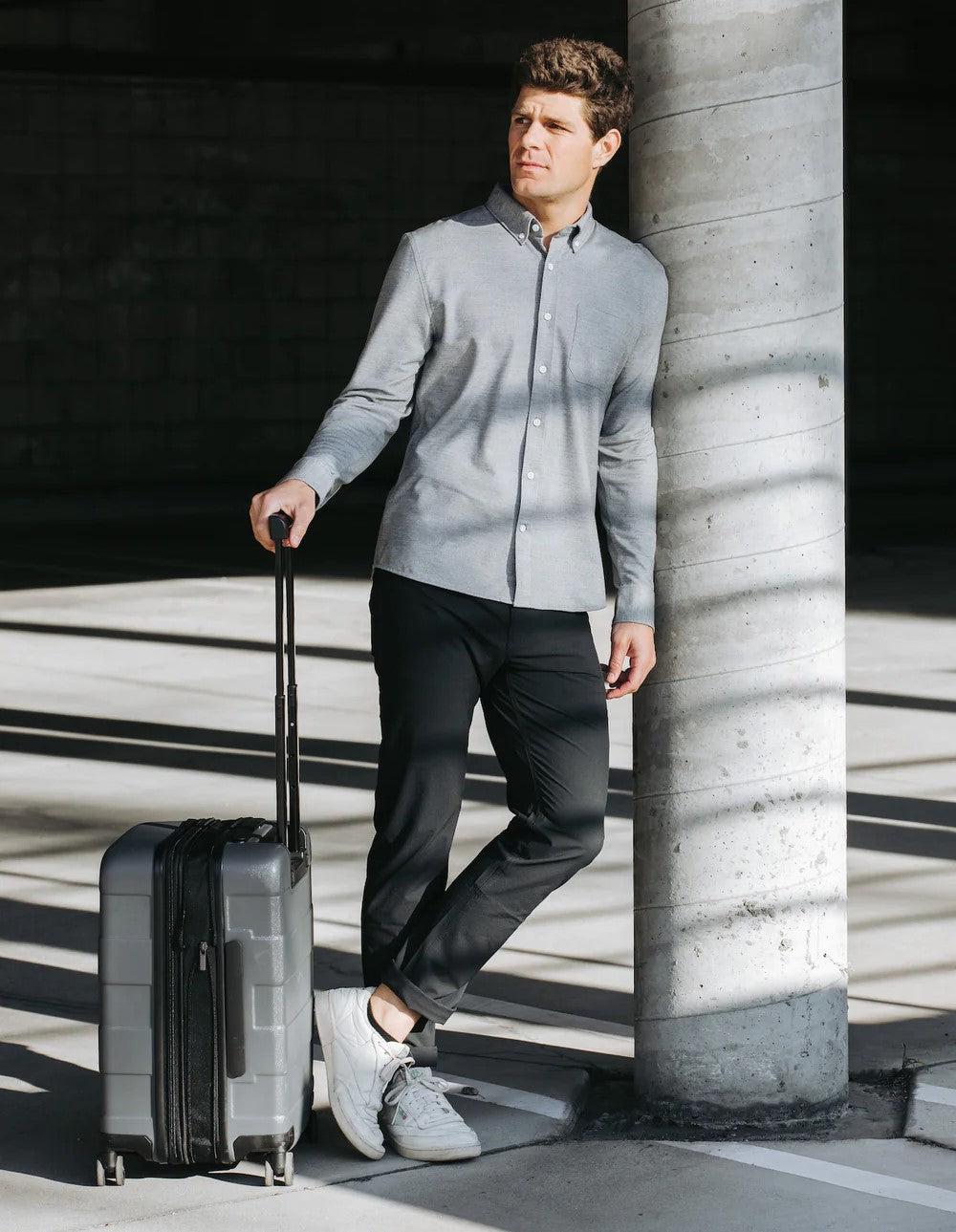A carry-on packing list is essential for any traveler seeking to maximize efficiency and convenience on their journeys. In this article we ensure you have all the necessary items within arm's reach while adhering to airline restrictions, making your travel experience smoother and more enjoyable. Let’s begin!

Carry-On Luggage Rules & Regulations Airline Restrictions And Standards
In crafting a carry-on packing list, the first and critical thing is to consider airline restrictions and standards, which can vary but generally include size and weight limits for luggage.
Most airlines follow the next limitations:
- Size Limitations:
- Carry-On Bag: Usually limited to dimensions around 22" x 14" x 9" but can vary by airline. Your bag must also fit in the overhead bin or under the seat,
- Personal Item: Smaller than the carry-on, often required to fit under the seat in front.
- Weight Limitations:
- Generally ranges from 15 to 22 pounds (7 to 10 kg), but specific limits can vary by airline.
- Liquids, Aerosols, and Gels:
- Must be in containers no larger than 3.4 ounces (100 milliliters) e.g. follow 3-1-1 liquids rule. Medically prescribed items might be only the exception for this rule.
- All containers must fit in a single, clear, quart-sized (liter-sized) zip-top bag. One such bag is allowed per passenger.
- Electronic Devices:
- Laptops, cameras, and other large electronic devices may need to be removed and screened separately.
- Additional Airline-Specific Restrictions:
- Some airlines may have unique rules or fees, so it's important to check with the airline before traveling. For example, budget airlines often have stricter size and weight limits for carry-on luggage and might charge extra fees for bags that exceed these limits. Some airlines also have different policies for international versus domestic flights, or they may allow additional items like a camera bag or a shopping bag from the airport. To avoid unexpected costs or complications, it's crucial to review the carry-on policies of the specific airline you're flying with before you pack and head to the airport.

What NOT to Pack in Your Carry-on
When it comes to packing your carry-on, knowing what to leave out is just as important as what to bring. Here are key items to avoid:
- Liquids Over 3.4 Ounces: Stick to TSA's liquid rules to avoid confiscation.
- Sharp Objects: Items like knives or large scissors are prohibited.
- Flammable Items: Leave behind aerosols and other flammable products.
- Heavy Books: Opt for digital versions to save space and weight.
- Excessive Jewelry or Valuables: Minimize the risk of loss or theft.
Understanding these limitations is key to ensuring a smooth and hassle-free experience at the airport.
Picking a Perfect Carry-on Luggage or Backpack
After getting acknowledged with airline restrictions, the next step is choosing the perfect carry-on luggage or backpack that should be convenient and efficient for your one-bag traveling approach. Here's a comprehensive approach to picking the right one:
- Size and Airline Compliance: First, ensure both luggage and backpacks comply with airline size restrictions for carry-on. Most standard limits are around 22" x 14" x 9" but for more details refer to the step above.
- Comfort and Ergonomics: For backpacks, prioritize padded straps and a hip belt. For luggage, consider the handle and wheel comfort.
- Durability and Material: Choose high-quality materials that are durable and preferably water-resistant for both luggage and backpacks. Soft bags are flexible with extra pockets, good for over-packers, while hard shells provide better protection and are more durable.
- Organization and Accessibility: Look for multiple compartments and easy access in both luggage and backpacks. Consider features like external pockets, interior organization, and expandability.
- Type and Mobility: Decide between two-wheel or four-wheel luggage based on personal preference. Ensure the bag is easy to maneuver and aligns with your physical comfort. For backpacks, consider ergonomics and weight distribution. Backpacks should have well-padded straps and multiple compartments for organization, ideally with a front-loading design for easy access.
- Compatibility: If using both, ensure the backpack can attach to or slide over the luggage handle for ease of transit.
- Additional Features: Look for options like water resistance, security features (like lockable zippers), and compatibility with other travel gear (e.g., a sleeve to slide over suitcase handles).

When selecting carry-on luggage or backpacks, considering popular brands can guide you to quality choices. Brands like Samsonite, Away, and Tumi are known for their durable and stylish luggage options, offering both hard-shell and soft-shell choices. For backpacks, brands like Osprey, Tortuga, and North Face offer well-designed, ergonomic options perfect for carry-on, with features like padded straps, multiple compartments, and durable materials. These brands cater to various travel needs, from frequent business trips to casual vacations, ensuring you find a carry-on solution that matches your style and requirements.
Essential Carry-on Packing: Clothing
Now, let’s move to the main part of the carry-on packing list, that is the clothing or travel wardrobe list for 1 week, as an example. When packing essential clothing for a carry-on, the key is to select versatile and comfortable items that can be mixed and matched to suit various occasions and climates. Following this, let's explore a practical selection of clothing that can maximize your travel wardrobe's efficiency, fitting neatly into your carry-on luggage:
- Shirts & Tees
- Up to 4-5 shirts/polos with a balance of short and long sleeves, adaptable to different temperatures. Look for wrinkle-resistant fabrics like blended cotton or synthetic fibers for easier maintenance.

- Pants and Shorts
- 2 pairs of lightweight travel pants or shorts for hot climates or more durable pants for cold-weather destinations. Avoid heavy fabrics like jeans in summer.

- Underwear and Socks
- Five sets of socks made from quick-drying materials like merino and cotton blends.
- Shoes
- A pair of comfortable, well-traction walking shoes; dressier than sneakers but still practical.
- Sandals or flip-flops for beach destinations or communal showers.
- Layering Items
- An overshirt/fleece and a light jacket, preferably water-resistant, for unpredictable weather.

- Accessories
- A swimsuit or board shorts, necessary for pools and beaches.

- Spare Clothing
- An extra outfit in the carry-on for emergencies like lost luggage.
Clothing Selection Tips
For sure, you can easily adapt the above carry-on wardrobe example for your needs and preferences but for efficiency try to follow the next steps:
- Consider the trip duration and purpose, and adapt your outfits accordingly whether it’s weekend travel, flight to Europe for a longer stay or business trip.
- Focus on versatile, wrinkle-resistant fabrics that are best for packing.
- Consider the climate of your destination and pack accordingly. For cold-weather travel you definitely need to take a bit more clothing items but following a layering strategy it might be easily achieved with a few basic items in your wardrobe.
- Choose colors and styles that can be mixed and matched for various looks and plan your travel outfits in advance.

Remember, the goal is to pack light but be prepared for various activities and weather conditions.
Documents and Money for Carry-on Packing
Ensuring you have all necessary documents is a cornerstone of travel preparation. Let’s look over these must-have travel items that not only streamlines your journey but also provides peace of mind, knowing you're fully prepared for any situation during your travels:
- Passport: Ensure it is valid and not near expiration.
- Visas: Research and obtain necessary visas in advance.
- ID and Travel Tickets: Keep a physical and electronic copy for any cases.
- Credit/Debit Cards: Ideal for ATM withdrawals; consider cards with no foreign transaction fees.
- Cash: Carry some local currency, especially for cash-based economies.
- Travel Insurance Information: Have details accessible for emergencies.
- Emergency Contacts: Information for family and relevant embassies.
- Health Documentation: Vaccination records or medical notes, if necessary.
- Copies & Screenshots of Important Documents: Store both electronic and hard copies as a precaution. Copies of bookings for accommodations and travel. Additionally, it's a wise idea to take screenshots of these important reservations and bookings. This way, if you find yourself without cell reception or Wi-Fi connection, you can still access confirmation numbers and other vital details. Having these screenshots readily available on your device ensures that you have all necessary information at hand, even in areas with limited connectivity.
These additions ensure you are thoroughly prepared for various aspects of your journey.
Tech Gadgets for carry-on packing
After clothing and documents parts are done, we can move on with selecting your tech gadgets and electronics for your carry-on packing list, for this step consider the following:
- Smartphone: Crucial for staying connected. Consider roaming plans or a local SIM for international travel and downloading local maps for your destination.
- Digital Camera: Bring additional memory cards and batteries to capture every moment.
- Tablet/eReader: Ideal for entertainment during flights; load with media beforehand.
- Laptop: If you need it for work, writing, or photo editing on the go.
- USB Flash Drive/Cloud Storage: Secure backup for important documents and photos.
- Headphones/Earbuds: Noise-canceling models enhance travel comfort on the plane.
- Chargers, Power Banks and Batteries: Ensure you have the right chargers for each device, and consider a multi-device charger.
- International Plug Adaptors: Vital for compatibility with foreign power outlets.

These electronics and accessories ensure a smooth and enjoyable travel experience, keeping you connected and entertained.
Toiletries And Personal Items For Carry-On Packing
When packing your carry-on, the toiletry bag is a key component of travel essentials, but here it’s important not to overpack and follow all the limitations for carry-on luggage. So make sure your personal travel care essentials include:
- Toiletry Bag: A hanging toiletry bag is practical for hotel bathrooms with limited space. It keeps items accessible and organized.
- Essential Toiletries: Include basics like a toothbrush, toothpaste, deodorant, shampoo and soap in travel-sized items to save space. Use sealable bags for these to prevent leaks at high altitudes. Or opt for solid versions of shampoos, conditioners, solid deodorant instead of aerosols or gels and even toothpaste, as they're travel-friendly, leak-proof, and compliant with TSA liquid restrictions.
- Lip Balm and Hand Sanitizer: Keep lips moisturized and hands clean, especially important in varying climates and for health safety.
- Additional Care with Moisturizer and Facial Spray: Counteract the dryness of plane air to keep your skin hydrated.

Make sure all liquids comply with TSA's 3.4-ounce (100ml) rule and are stored in a clear, resealable liquid bag. This setup covers a broad range of personal care needs while adhering to airline regulations.
Health and Safety Items for carry-on packing
- First Aid Kit: Include basic items like band-aids, antiseptic wipes, and pain relievers.
- Prescription Medications: Keep prescriptions in original packaging with labels, consider a doctor's note for controlled substances. Check TSA guidelines for specifics.
- Hand Sanitizer: A must-have for keeping hands clean, especially in areas with limited access to water.
- Masks: Essential for travel, particularly in crowded areas or on public transport.
- Other Essentials: Consider items like motion sickness medication, allergy pills, or any other personal health items you might need.

These items ensure you're prepared for various health and safety scenarios during your travels.
Miscellaneous Items For Carry-On Packing
In your carry-on, aside from clothing, consider these essential miscellaneous items oftentimes overlooked:
- Snacks: Pack non-perishable, healthy snacks to stay energized during your journey.
- Reusable Water Bottle: Stay hydrated and reduce plastic use. Make sure it's empty before airport security.
- Sunglasses and Sunscreen: Protect yourself from the sun, especially in warmer destinations.
- Earplugs and Eye Mask: Improve sleep quality on planes or in different environments.
- Laundry Bags: Keep dirty clothes separate, especially in tight spaces like backpacks.
- Lightweight blanket or scarf: Versatile for warmth and comfort in the airline.

Including these items in your carry-on can enhance your overall travel experience by addressing various needs and situations.
Daypack in Addition to Carry-On Bag
In addition to carry-on, a daypack is an essential item, serving as a versatile tool for your daily travel needs. Your daypack should include items you'll need easy access to or frequently throughout the day:
- Water Bottle: To stay hydrated on the go.
- Snacks: For quick energy boosts.
- Portable Charger: To keep your devices powered.
- Travel Guide/Map: For easy navigation.
- Camera: For capturing memories.
- Sunscreen and Sunglasses: For protection against the sun.
- A small first-aid kit: For minor emergencies.
- A lightweight rain jacket or umbrella: In case of unexpected weather.
- Dry bag backpack: For keeping items dry during outdoor activities or in rainy conditions.

These items ensure you're prepared for a full day of exploring while keeping your hands free and your load light.
Bonus Tip: Carry-on Packing Tips
Effective carry-on packing requires strategy and forethought to maximize space while ensuring you have everything you need. Here are some key tips:
- Use Packing Cubes: Maximize space and keep items organized. These come in various sizes for clothes, shoes, and accessories.
- Use Tech Organizer or Pouches: Crucial for managing gadgets and cables, ensuring easy access and preventing tangles. Keep things categorized and easy to find
- Roll, Don't Fold: Rolling clothes saves space and reduces wrinkles.
- Layer Heavier Items at the Bottom: Place shoes and heavier clothing near the wheels for stability.
- Utilize Shoe Space: Fill shoes with small items like socks or chargers.
- Wear Bulkiest Items: Reduce luggage bulk by wearing heavier clothing items during travel.

In summary, smart packing involves not just what you pack but how you pack it. By using these tips and even more packing hacks, you can efficiently use your carry-on space and travel with ease and comfort.
Sum up
Wrapping up our carry-on packing list, remember it's all about packing smart, not hard. By choosing versatile clothing, organizing essentials, and keeping those important documents and gadgets handy, while meeting carry-on regulations,you're all set for a smooth and stress-free journey. So pack up, jet off, and enjoy the adventure that awaits!

